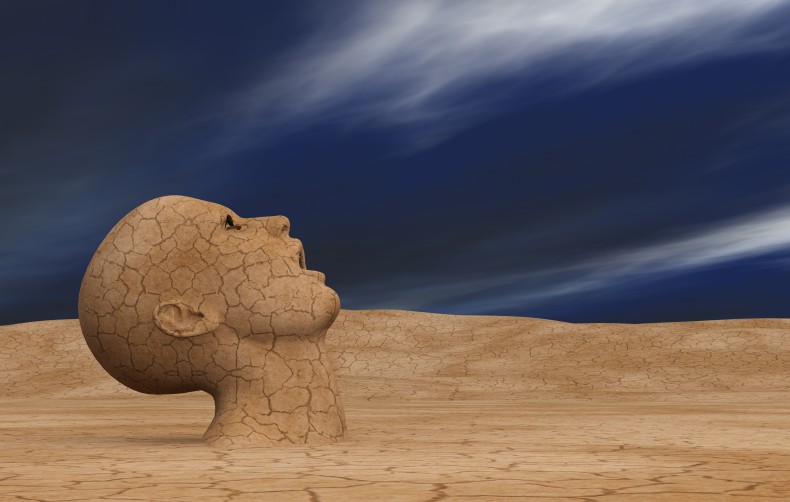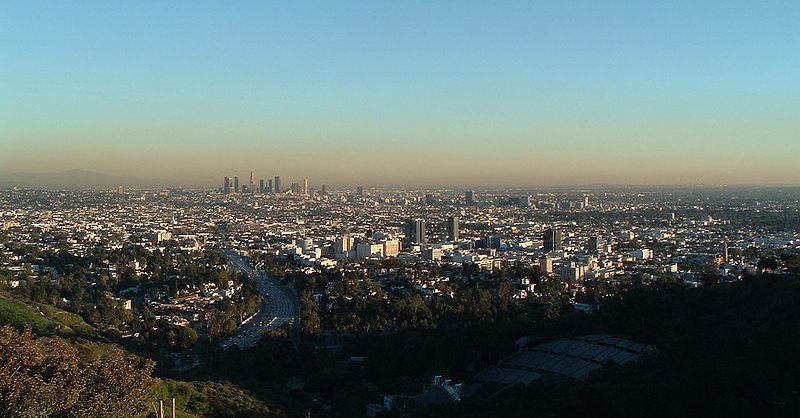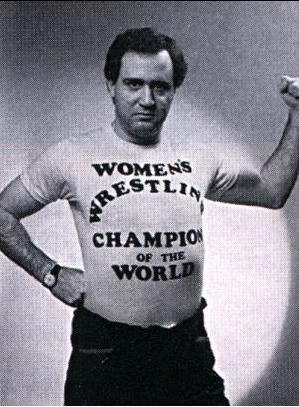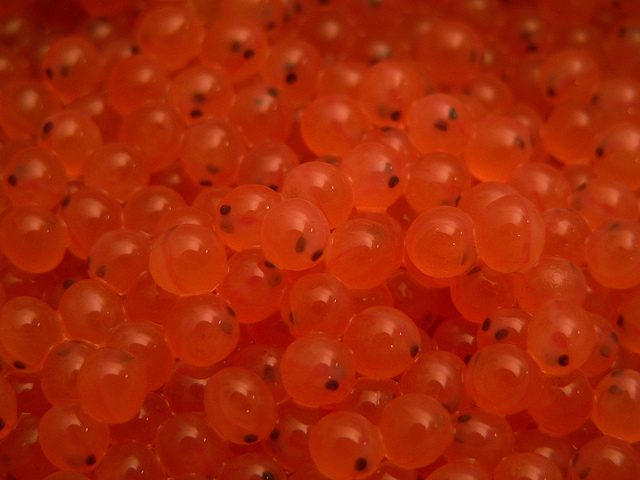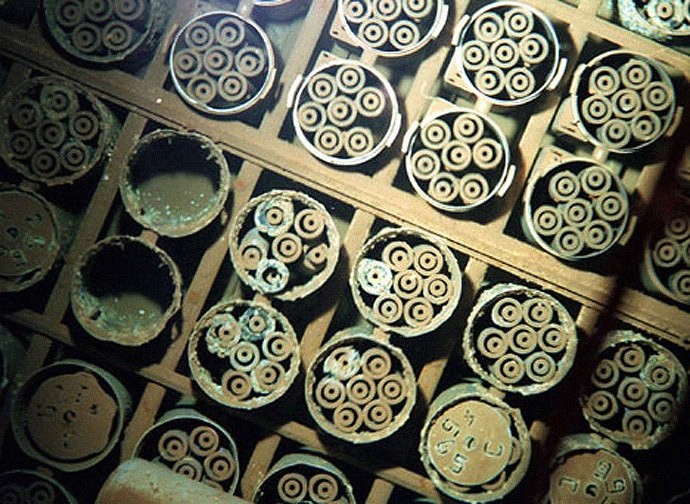This was first published in March of 2011. As winter descends upon the sub-Arctic once more, I revisit these moments of awe on a frozen lake.
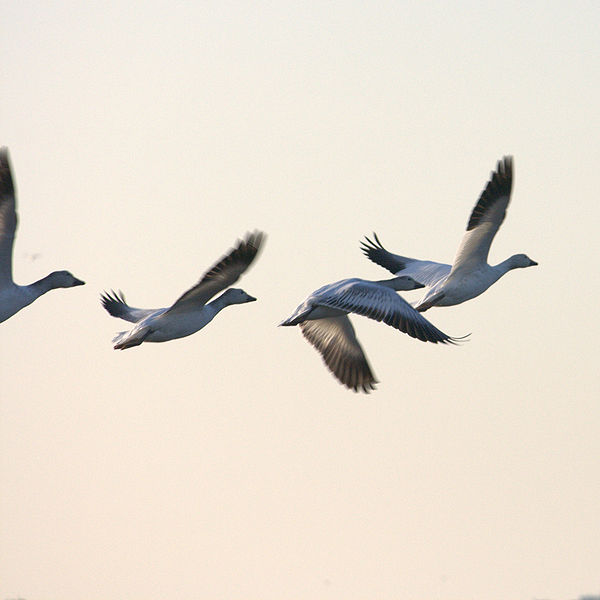 “It may not strike you as a marvel; it would not, perhaps, unless you were standing in the middle of a dead world at sunset, but that was where I stood.”
“It may not strike you as a marvel; it would not, perhaps, unless you were standing in the middle of a dead world at sunset, but that was where I stood.”
I’ve been carrying that sentence around in my head, semi-colon and all, for years. Set down by the phenomenal nature writer and anthropologist Loren Eiseley, it referred to a flock of geese flying overhead during a solitary excursion into the fossil yards of the Badlands. It easily could describe any such moment of wonder in the wilderness – the starting point or rallying incident for many a career of scientific inquiry. Last week, I had a close encounter that brought me back to Loren Eiseley’s visceral approach to field observation.
It happens about a block away from my house, if that length can be applied to a short distance along a frozen lake, and it begins with a huge, gorgeous dog tearing across the snow in my precise direction from the Northwest corner of Yellowknife’s Frame Lake, where the highway jogs out to the airport.
I look around for the owner, perhaps unseen around the next bay. From the single-minded dash of the dog, they must be calling furiously. I hear nothing but a distant skidoo.
